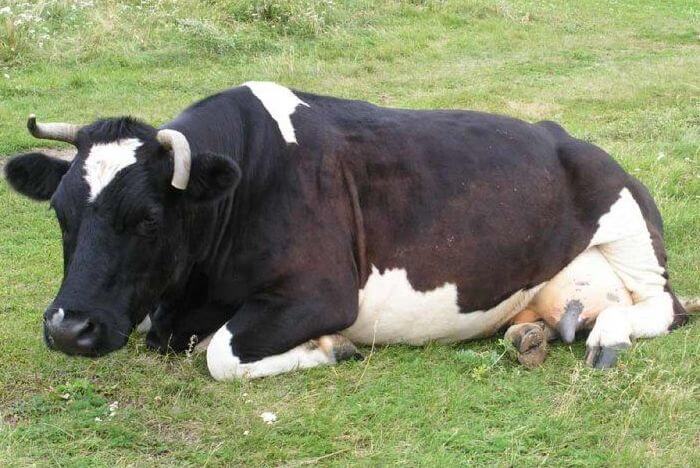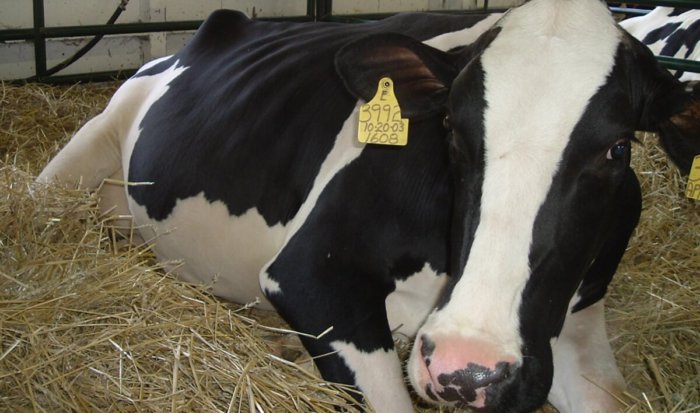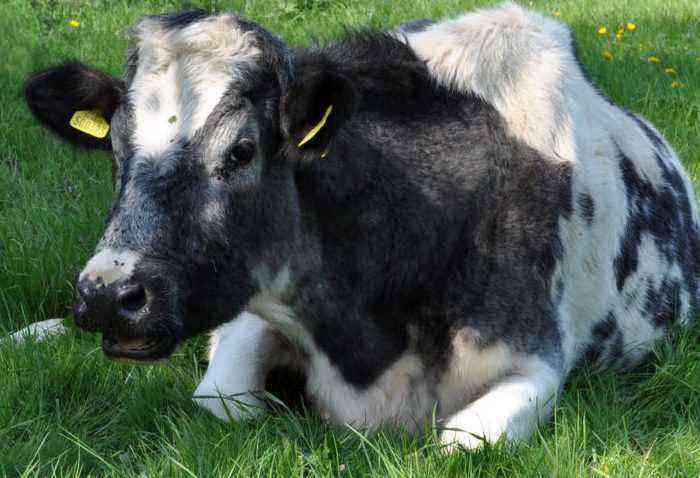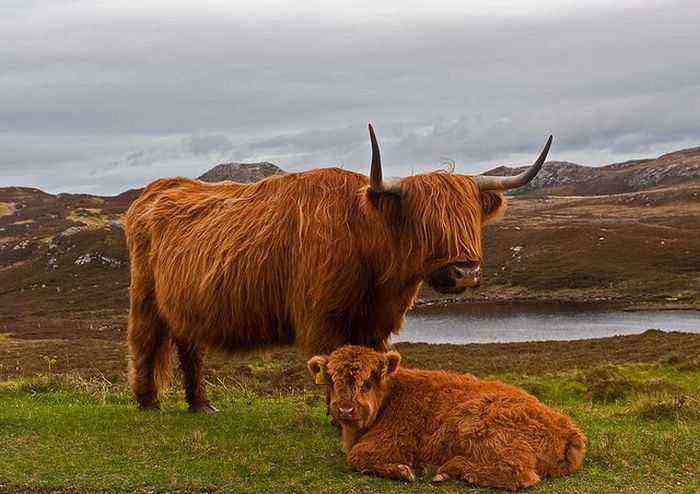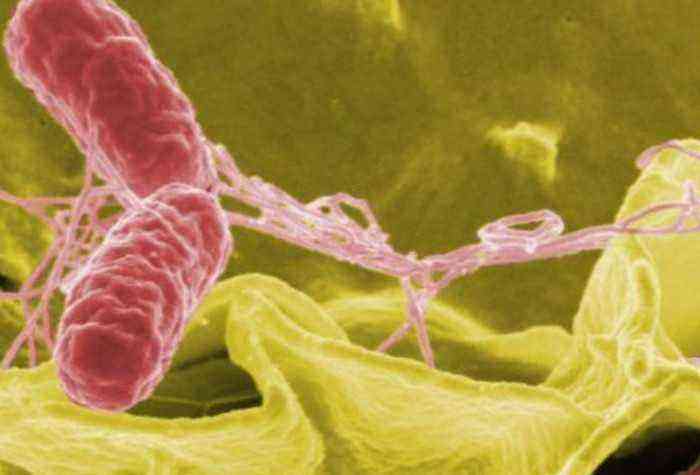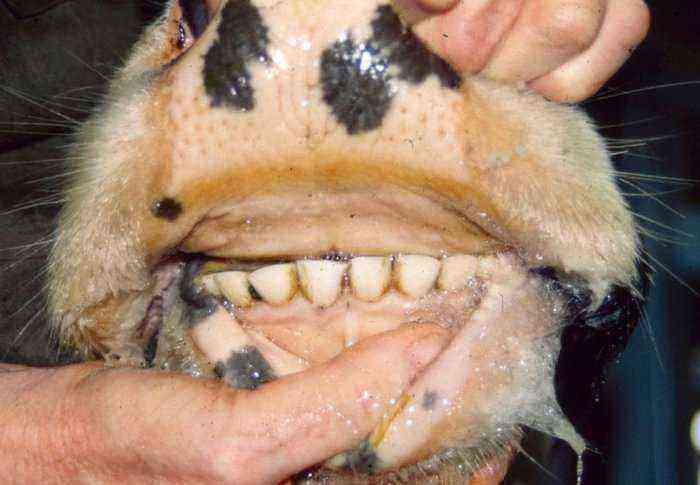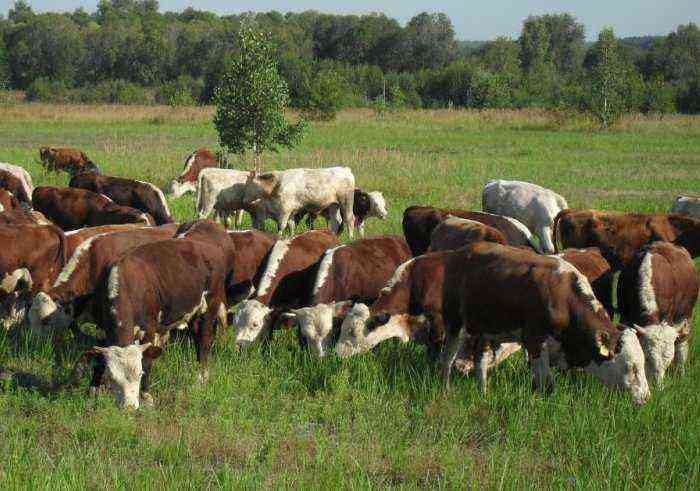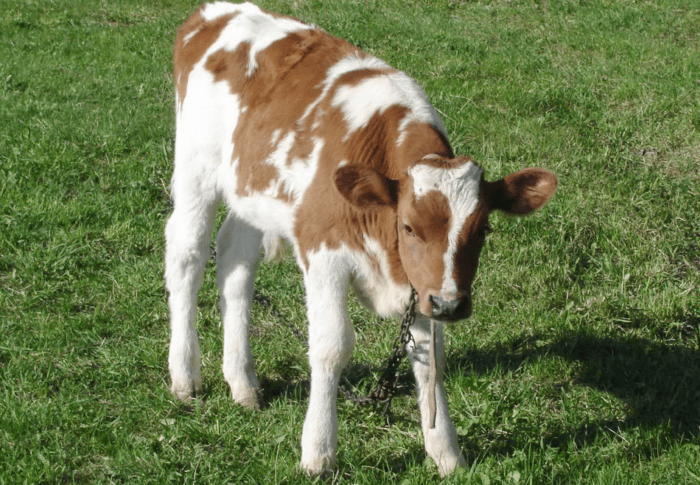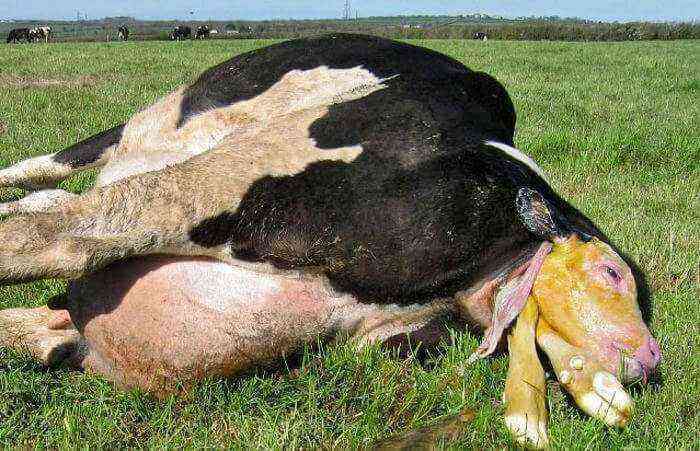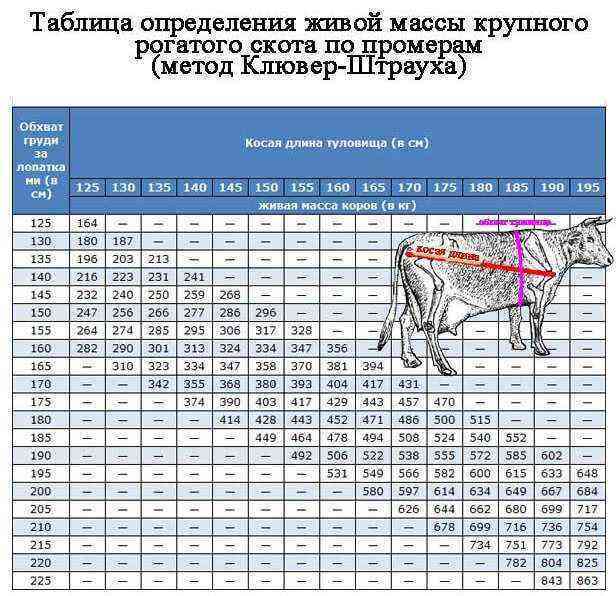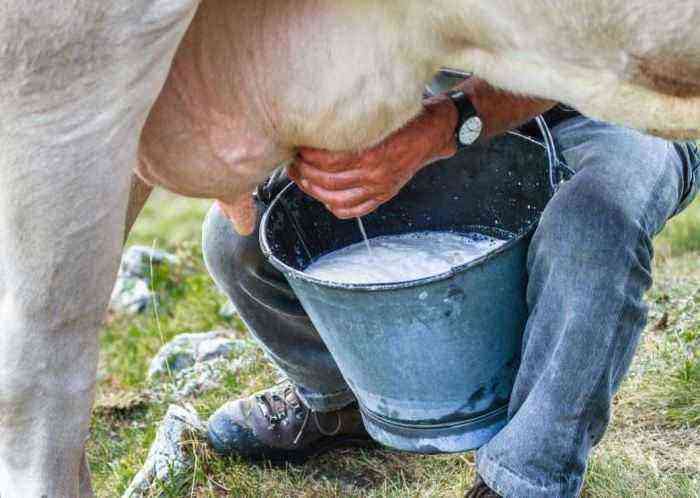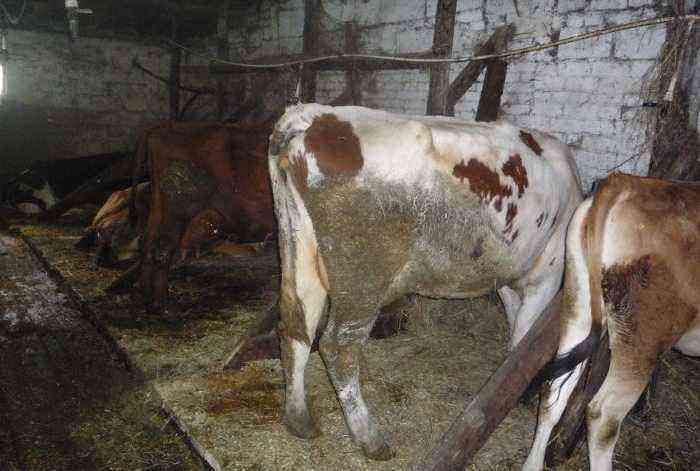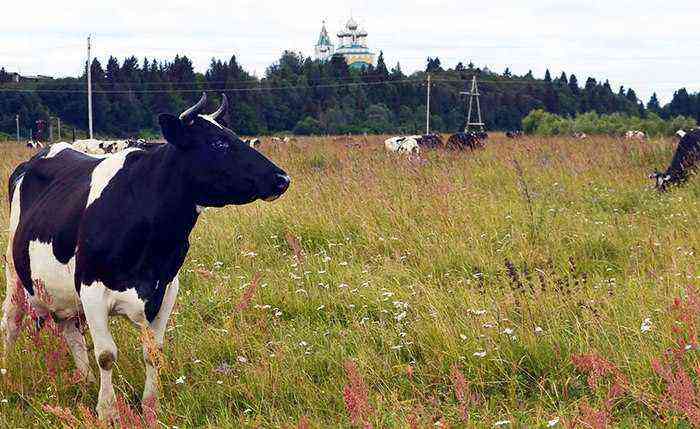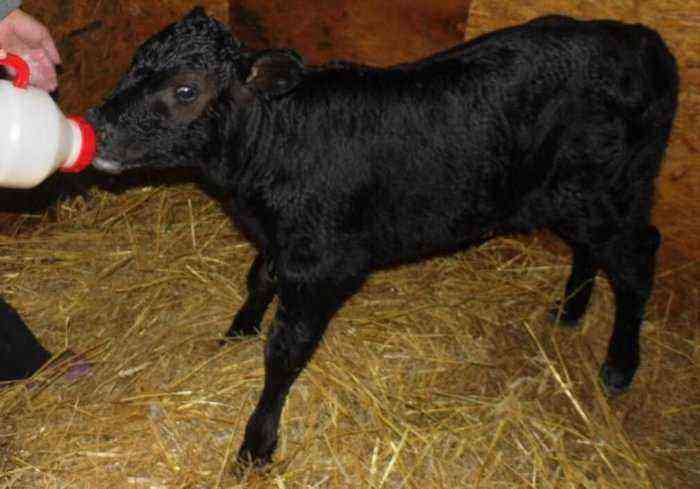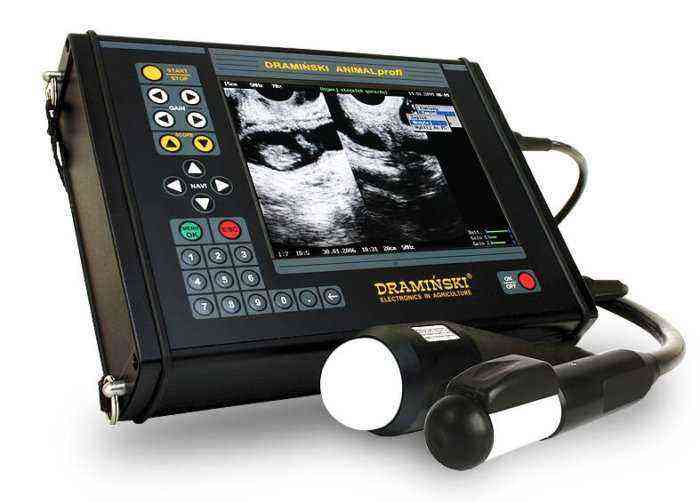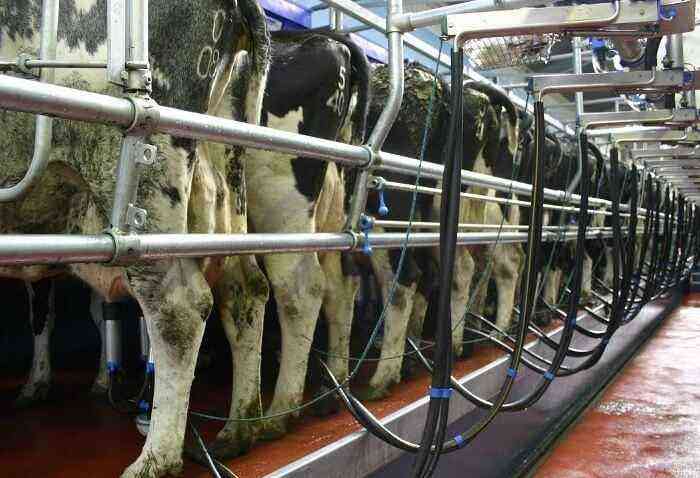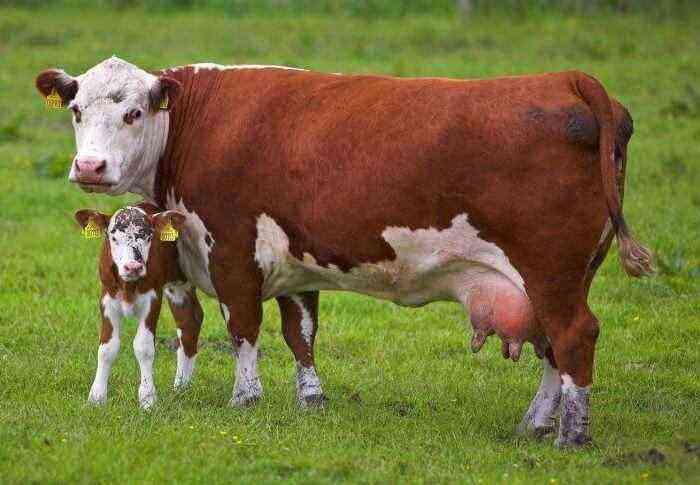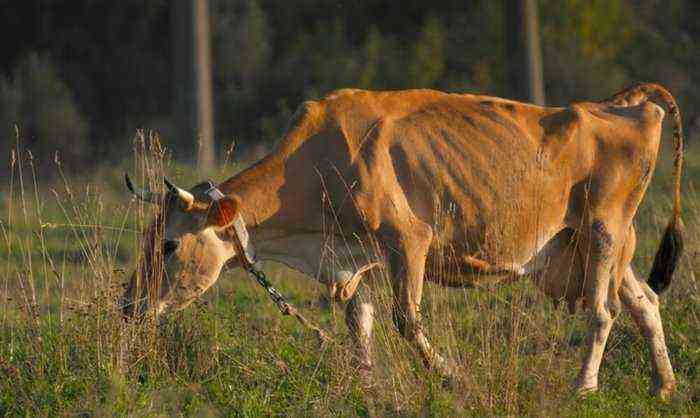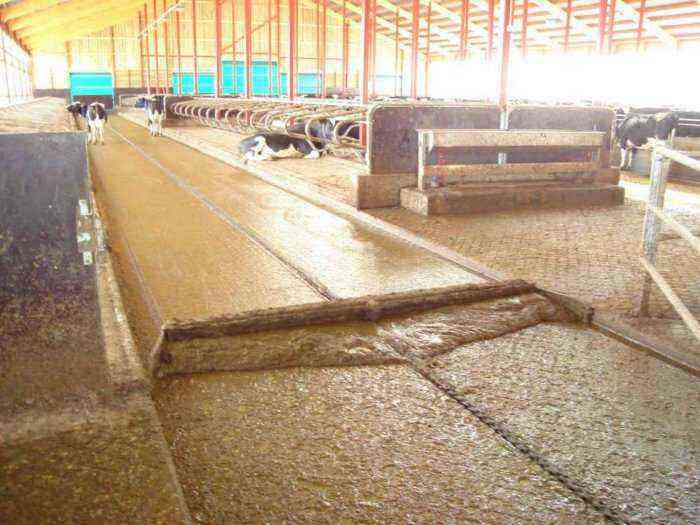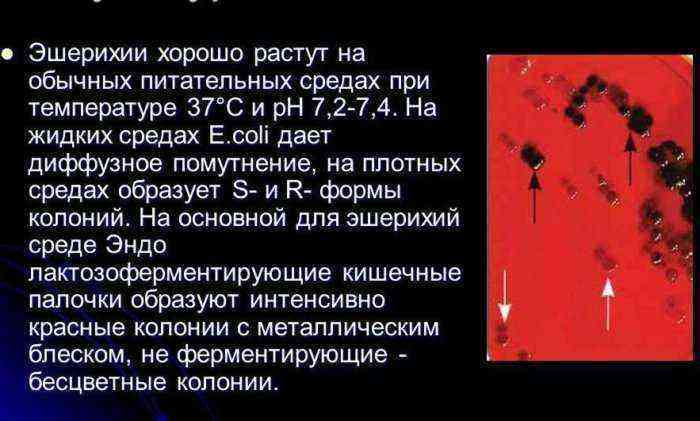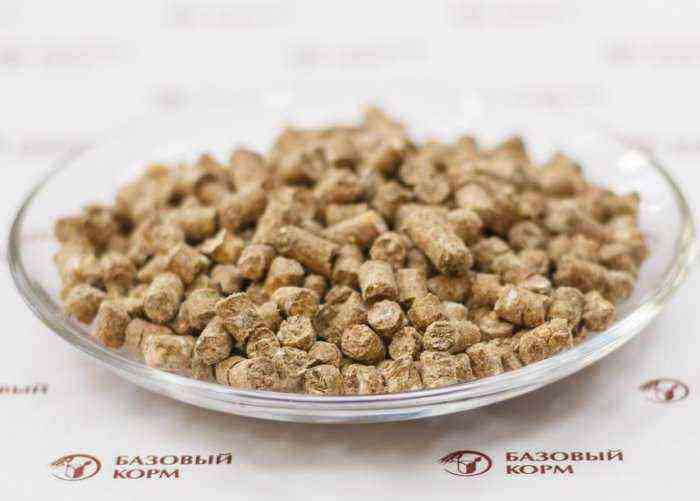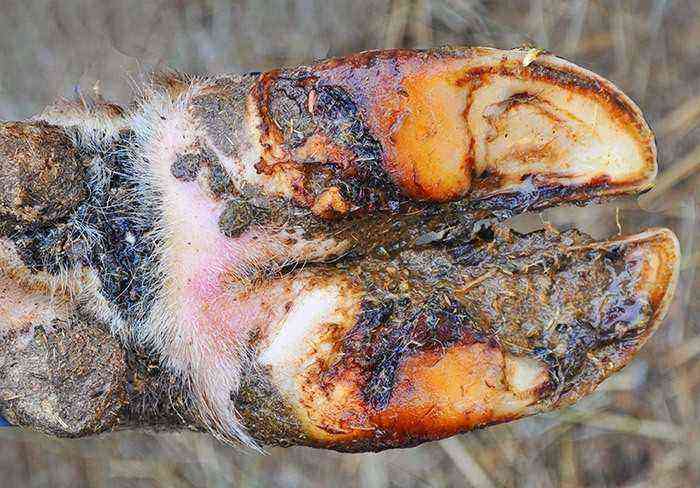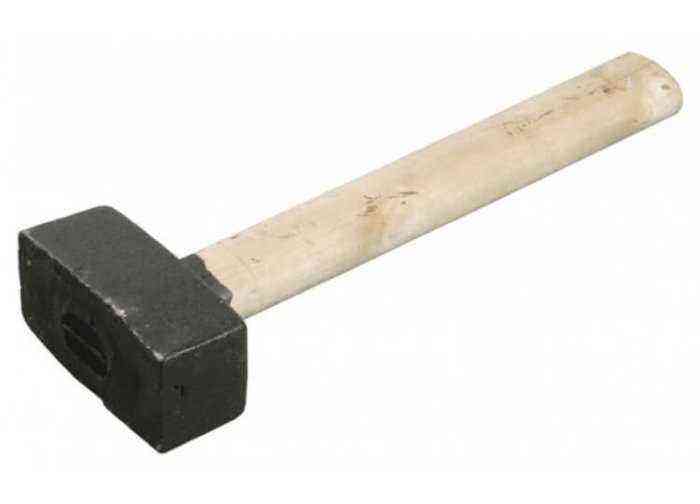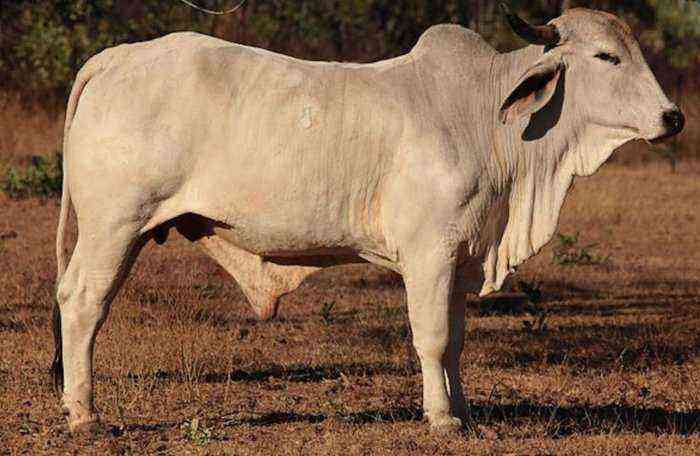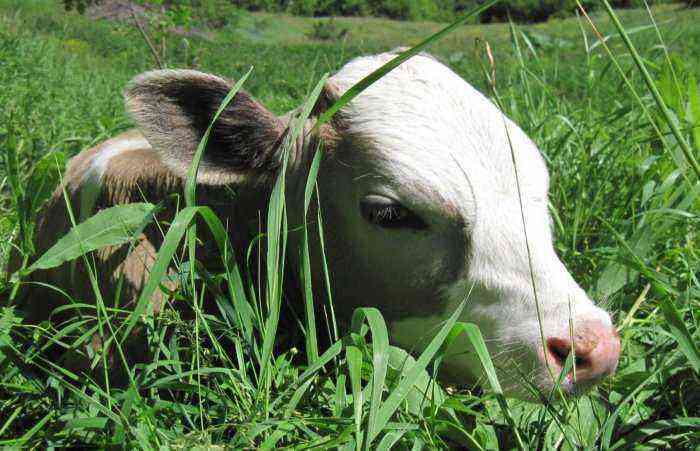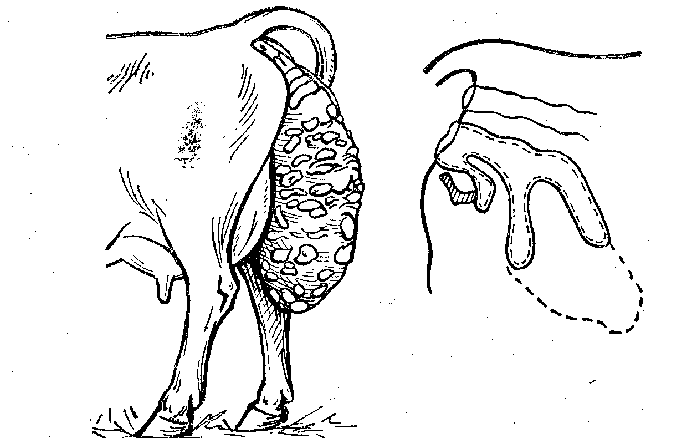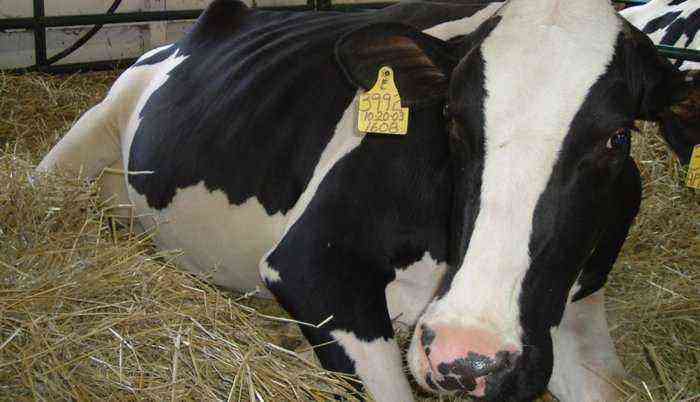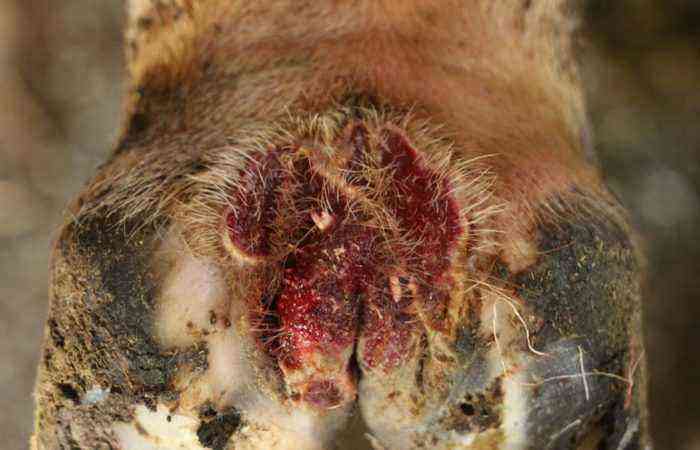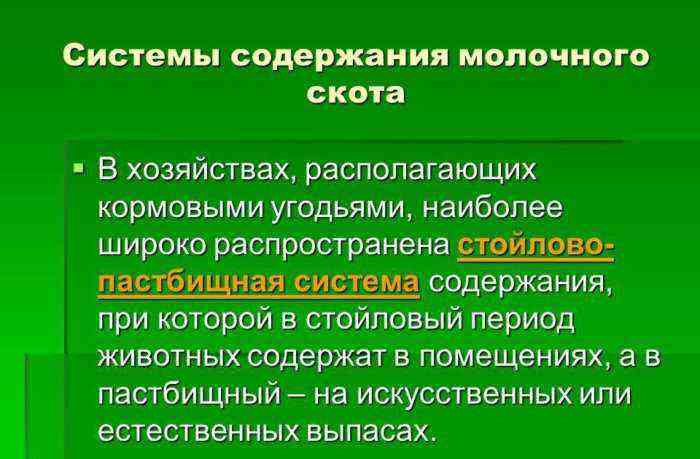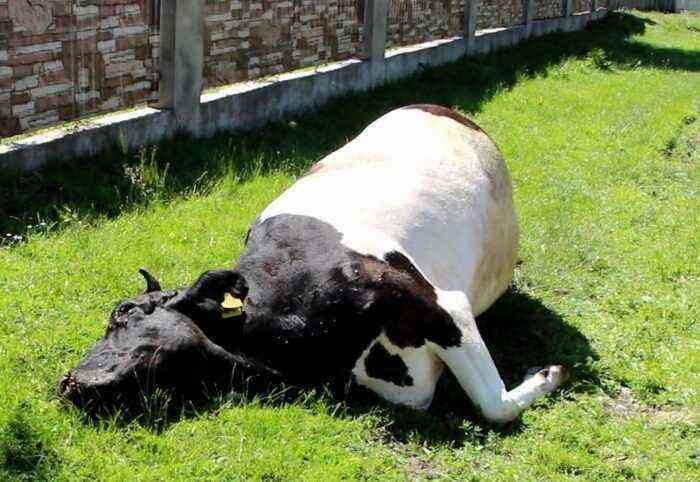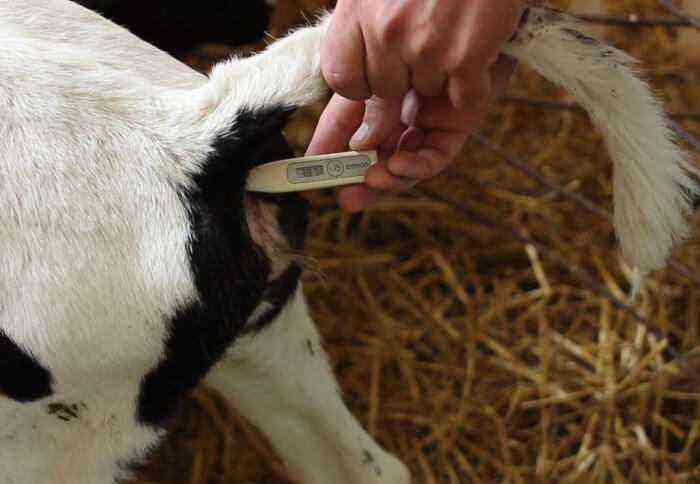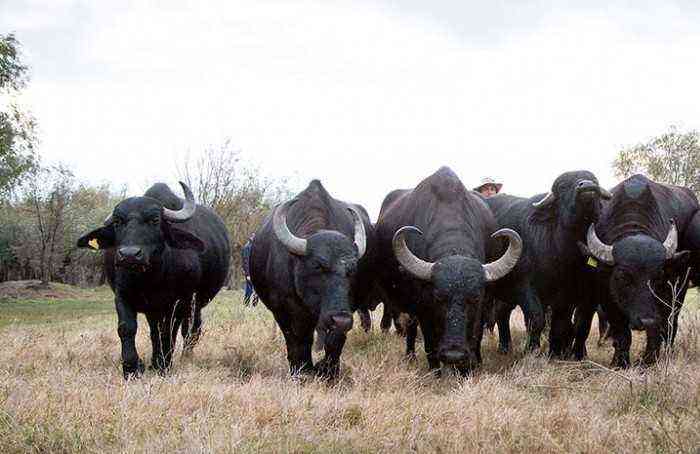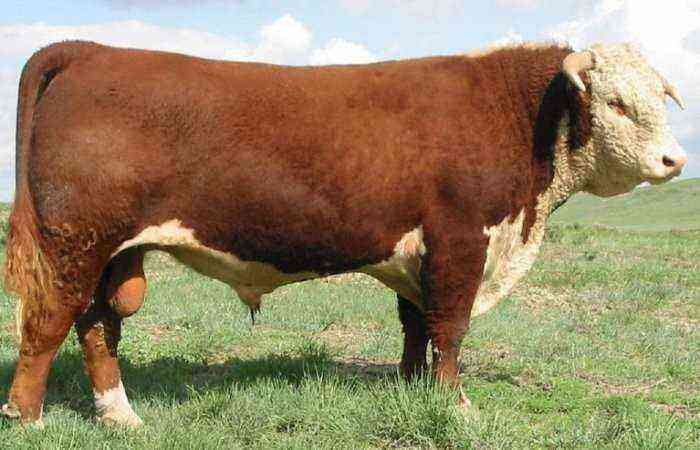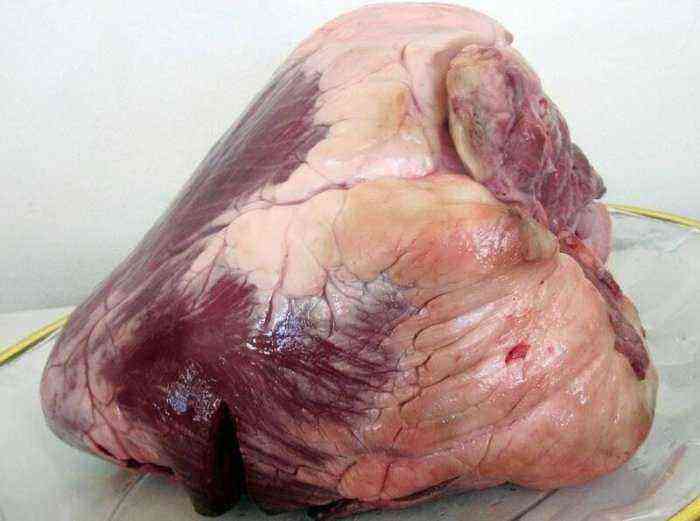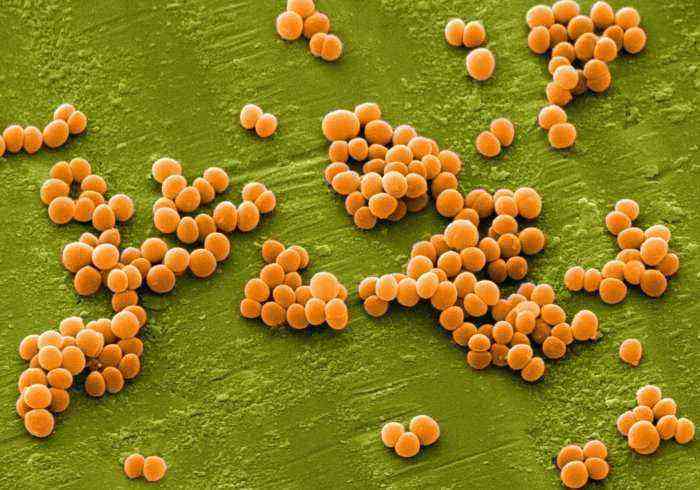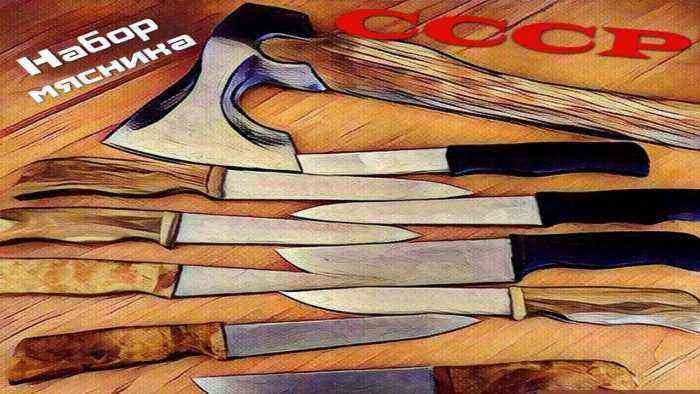The dry period begins in cows after the end of the lactation stage. It is necessary for the animal in order to prepare for a new calving. And the main task of the owner of the farm at this time is to provide especially careful care and feeding of the cow. This is necessary because about 50% of the success of pregnancy and the further productivity of cattle depends precisely on how the dry period went.
Cow in the dry period
What is the dry period in cows?
The dry period in cows and heifers is the time from the end of the last lactation to the start of the next calving. For an animal, this period is extremely important, as it is the final phase of pregnancy. During this time, the cow restores the reserves of vitamins, minerals, nutrients that are lost during intensive lactation. And the main goal of this phase of the life of livestock is to gain strength for feeding a strong and healthy offspring.
At the same time, if the animal is not provided with proper conditions for keeping and feeding, milk production will decrease significantly. Conversely, if dry cows manage to gain 50 kg of weight between lactation and calving, then the total productivity of the next milking period increases by 300 kg per individual.
Therefore, it is so important to observe all the features of caring for animals during the dry season. And the main point of such care is the right diet.
Feeding in this period: the norm
Feeding dry cows and heifers involves a separate diet that will help solve the following problems:
- Increasing the fatness of cattle, which will subsequently lead to an increase in annual milk yield.
- Raising the tone of the digestive, endocrine and cardiovascular systems. Prevention of the possible development of puerperal paresis and other complications during childbirth.
- The opportunity to get a healthy and strong offspring.
Dry cow feeding
The basis of such a diet is the feed norm. This parameter is determined based on the following points:
- Animal weight. For every 100 g of body weight of cattle, one feed unit is allocated.
- General fatness. Increased by increasing the standard rate by 1 feed unit.
- Volumes of milk yield for the year. In this regard, one feed unit is designed for a thousand kilograms of milk per year.
On average, the feed rate for one dry individual should be at least 2,1-2,4 kg of food for every 100 kg of weight per day. At the same time, at least 0,8 feed units fall on one kilogram of dry food. If the animal had high rates of milk production during the lactation period, this indicator increases to 0,95 units.
Thus, if the total milk yield of a cow for the year is about 4 thousand kg of milk, then her diet will include 10,7 kg of dry food per day and 8,8 feed units.
It is also worth noting that feeding at this time is not quite uniform. The diet at the beginning of the dry period is supplemented with 1 kg of compound feed, which is diluted with straw. This will allow you to maintain the tone of the cattle as much as possible, while preventing excessive formation of body fat. In general, hay from peas and other legumes, compound feed and silage will form the basis of food.
In the warm season, the composition of the feed norm changes slightly. It is supplemented with fresh grass, and the total volume of food increases. So per day for one head should go:
- combined feed – 1,5-2 kg.
- haylage – 7 kg.
- hay – 5 kg.
- silage – 10 kg.
Silage
Also, all this is supplemented with sugar or fodder beet, which is a source of sugar and other useful substances. The norm of sugar beets is 4 kg per head. If fodder beet is used, then its weight is doubled. In addition, for this period, it is recommended to completely exclude pulp, bard and potato waste from food, if such were previously used.
When no more than 2 weeks remain before the birth, the total amount of feed is reduced to 0,5 kg. In this case, the difference is made up with hay. Closer to calving, combined feeds are again introduced into the diet, but their norm is already 3 kg per day.
5-10 days before birth, the amount of succulent food is halved. During the day, dry individuals are fed at least 2-3 times.
Duration
Separately, it is worth noting that the duration of the dry period can be individual for each specific case. To a certain extent, it is influenced by the nature of feeding the animal, its age, fatness, productivity and many other factors.
The average dry period for productive moderately well-fed cows is 60 days. If the individual is weak and with a minimum fatness indicator, the time period increases to 70-75 days. In some cases, there is a reduction in the period to 45-47 days. At the same time, calves that were born earlier in weight do not differ from later ones. But they have a lower resistance to various respiratory diseases and problems with the digestive system.
Attention! Reducing or increasing the dry period over the range of 45-75 days leads to a decrease in the viability of the offspring. In addition, during childbirth in this case, complications are often traced that adversely affect the health of the cow itself.
nutritional requirements
When implementing the feeding of pregnant cows during the dry period, special attention should be paid to the nutritional value of the diet. The entire volume of useful substances entering the body is now spent both on the vital processes of the cow itself and on the development of the fetus. Therefore, it is very important to properly balance the food.
Cow with calf in the dry season
The basis of the diet at this stage of feeding should be quickly digested proteins. One feed unit must contain at least 110 g of these nutrients. Also of great importance for the birth and initial stages of development of the calf is a sufficient amount of glycogen in the mother’s body. Therefore, in order to replenish its reserves, it is necessary to supplement food with sugar, the amount of which should be at least 80 g for every 100 g of protein.
A lack of calcium and phosphorus in the body of a cow can lead to underdevelopment of the calf’s bones or even to abortion. Therefore, the feed unit should include at least 10 g of calcium and about 5 g of phosphorus. As for other elements, they are included in food in the following daily doses:
- zinc – 40-70 mg.
- copper – 15 mg.
- iodine – 1-1,2 mg.
- manganese – 40 mg.
It is also important to provide a dry cow with a sufficient amount of vitamins, the most important of which for this period are A, D and E. They are not only necessary for the formation of the fetus, but also significantly reduce the risk of complications during childbirth. As for fats and carbohydrates, it is better to reduce their amount to a minimum during the dry period.
The energy value of the food fed should also be taken into account. In addition, attention is paid to the productivity of the animal. For individuals with an average milk production rate, the diet is assumed to be the same as for a cow giving up to 8 kg of milk during lactation. The volume and composition of food for highly productive individuals is calculated in the same way as for animals with a daily milk yield of 12 kg.
Reference. Often, in order to more accurately comply with the indicated norms, the feed is diluted with vitamin and mineral supplements.
Useful Tips
There are also a number of additional important points that will qualitatively complement proper feeding. This could include the following tips:
During the dry period, pregnant cows are transferred to a separate room
- During the dry period, all pregnant cows are transferred to a separate room. It should have enough free space, good ventilation and lighting. Each individual is located individually and is not attached.
- In the barn, it is necessary to maintain an optimal temperature regime, and for the prevention of diseases, regularly expose animals to UV radiation.
- A mandatory event during the dry period is walking in the fresh air. In time, they should be at least 8 hours a day.
- From the general feed stocks, all feed that has undergone rotting or mold is discarded.
- Haylage and green forbs are given as a whole without grinding.
Conclusion
Compliance with all recommendations for keeping and feeding dry cows will allow you to get high-quality offspring to expand your herd. In addition, the general condition and productivity of the animal is significantly increased, which provides economic benefits to the farm owner.
